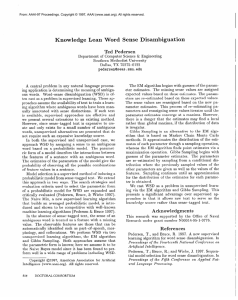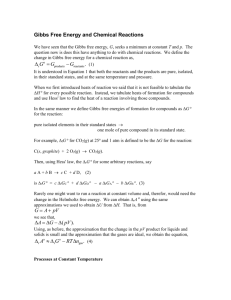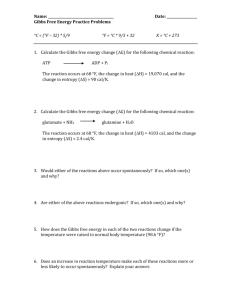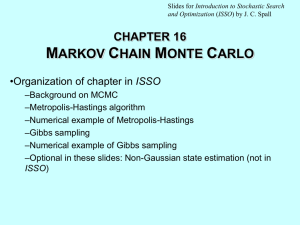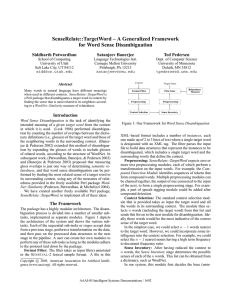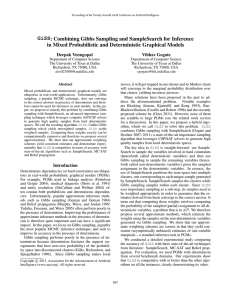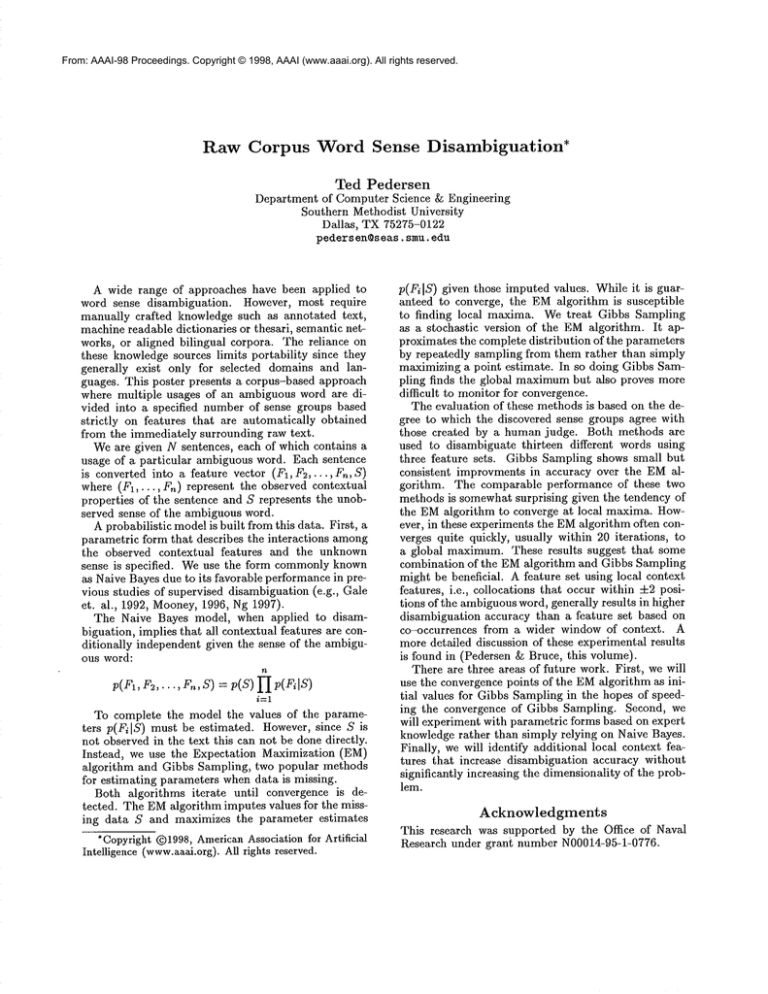
From: AAAI-98 Proceedings. Copyright © 1998, AAAI (www.aaai.org). All rights reserved.
Raw Corpus
Word Sense
Disambiguation*
Ted Pedersen
Department of Computer Science & Engineering
Southern Methodist University
Dallas, TX 75275-0122
peders
en~seas.smu.edu
A wide range of approaches have been applied to
word sense disambiguation. However, most require
manually crafted knowledge such as annotated text,
machinereadable dictionaries or thesari, semantic networks, or aligned bilingual corpora. The reliance on
these knowledgesources limits portability since they
generally exist only for selected domains and languages. This poster presents a corpus-based approach
where multiple usages of an ambiguous word are divided into a specified number of sense groups based
strictly on features that are automatically obtained
from the immediately surrounding raw text.
Weare given N sentences, each of which contains a
usage of a particular ambiguous word. Each sentence
is converted into a feature vector (F1, F2,...,Fn, S)
where (F1,...,Fn) represent the observed contextual
properties of the sentence and S represents the unobserved sense of the ambiguousword.
A probabilistic modelis built from this data. First, a
parametric form that describes the interactions among
the observed contextual features and the unknown
sense is specified. Weuse the form commonlyknown
as Naive Bayes due to its favorable performancein previous studies of supervised disambiguation (e.g., Gale
et. al., 1992, Mooney,1996, Ng 1997).
The Naive Bayes model, when applied to disambiguation, implies that all contextual features are conditionally independent given the sense of the ambiguous word:
n
p(F1, F2,..., F,,, S) = p(S) l~ p(FiIS)
i=1
To complete the model the values of the parameters p(FilS) must be estimated. However, since S is
not observed in the text this can not be done directly.
Instead, we use the Expectation Maximization (EM)
algorithm and Gibbs Sampling, two popular methods
for estimating parameters when data is missing.
Both algorithms iterate until convergence is detected. The EMalgorithm imputes values for the missing data S and maximizes the parameter estimates
*CopyrightQ1998,AmericanAssociation for Artificial
Intelligence (www.aaai.org).All rights reserved.
p(Fi[S) given those imputed values. While it is guaranteed to converge, the EMalgorithm is susceptible
to finding local maxima. We treat Gibbs Sampling
as a stochastic version of the EMalgorithm. It approximates the complete distribution of the parameters
by repeatedly sampling from them rather than simply
maximizing a point estimate. In so doing Gibbs Sampling finds the global maximumbut also proves more
difficult to monitor for convergence.
The evaluation of these methodsis based on the degree to which the discovered sense groups agree with
those created by a human judge. Both methods are
used to disambiguate thirteen different words using
three feature sets. Gibbs Sampling shows small but
consistent improvments in accuracy over the EMalgorithm. The comparable performance of these two
methods is somewhatsurprising given the tendency of
the EMalgorithm to converge at local maxima. However, in these experiments the EMalgorithm often converges quite quickly, usually within 20 iterations, to
a global maximum.These results suggest that some
combination of the EMalgorithm and Gibbs Sampling
might be beneficial. A feature set using local context
features, i.e., collocations that occur within +2 positions of the ambiguousword, generally results in higher
disambiguation accuracy than a feature set based on
co~)ccurrences from a wider window of context.
more detailed discussion of these experimental results
is found in (Pedersen ~ Bruce, this volume).
There are three areas of future work. First, we will
use the convergence points of the EMalgorithm as initial values for Gibbs Samplingin the hopes of speeding the convergence of Gibbs Sampling. Second, we
will experiment with parametric forms based on expert
knowledgerather than simply relying on Naive Bayes.
Finally, we will identify additional local context features that increase disambiguation accuracy without
significantly increasing the dimensionality of the problem.
Acknowledgments
This research was supported by the Office of Naval
Research under grant number N00014-95-1-0776.

